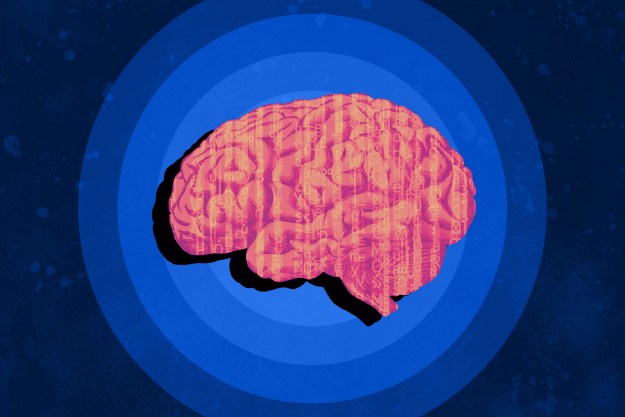“I love your perfume.” “Thanks. It’s Skynet.” OK, so that’s not necessarily the most likely conversation for you to have in the near future, but it very well could be. That’s because IBM Research has teamed up with master fragrance maker Symrise to use its artificial intelligence expertise to develop next-gen fragrances, courtesy of IBM’s impressive machine learning technology.
Similar to its previous Chef Watson project — which used IBM’s Watson technology to create new recipes for delicious dishes — this collaboration uses data-mining algorithms to comb through masses of data to come up with unique scent combinations likely to appeal to humans. Hey, at least we know that Terminators will smell good for the inevitable rise of the machines!
“Fine fragrance is both an art and a science that takes people 10 years of training to master,” Richard Goodwin, a principal research scientist at IBM, told Digital Trends. “We’ve created a system, Philyra, based on IBM Research’s A.I. for Product Composition that, like a human apprentice, learns from the work of master perfumers to create novel and good smelling fragrances. Unlike human apprentices, the system can’t smell, but it can learn from 100,000s of formulas, created by hundreds of perfumers over many decades. The exciting part is that the system can create well-formed and balanced fragrances that combine the techniques of all the perfumes it has learned from to spur innovation and improve efficiency.”

In addition to perfume, Goodwin said that the same formula-finding technology could also be used formulate fragrance design for other consumer products, including shampoos, conditioners, laundry detergent, and even industrial products like adhesives and lubricants. That gives it a potentially enormous scope.
“For each of these products, chemists train for years to be able to design high performing, cost-effective formulas,” Goodwin continued. “For example, detergents that clean better or adhesives that hold the glass on the front of your phone or hold parts of an airplane together. We want to make the knowledge that these designers have developed and make it available in a way that allows it to be better used to create future products.”
Philyra is currently using the tech to help create perfumes for global beauty company O Boticário, which will be released in 2019. It also aims to distribute the A.I. to both its master perfumers around the globe and as a teaching aid to help train students.
Editors' Recommendations
- Optical illusions could help us build the next generation of AI
- Analog A.I.? It sounds crazy, but it might be the future
- Nvidia’s latest A.I. results prove that ARM is ready for the data center
- Nvidia lowers the barrier to entry into A.I. with Fleet Command and LaunchPad
- Can A.I. beat human engineers at designing microchips? Google thinks so


